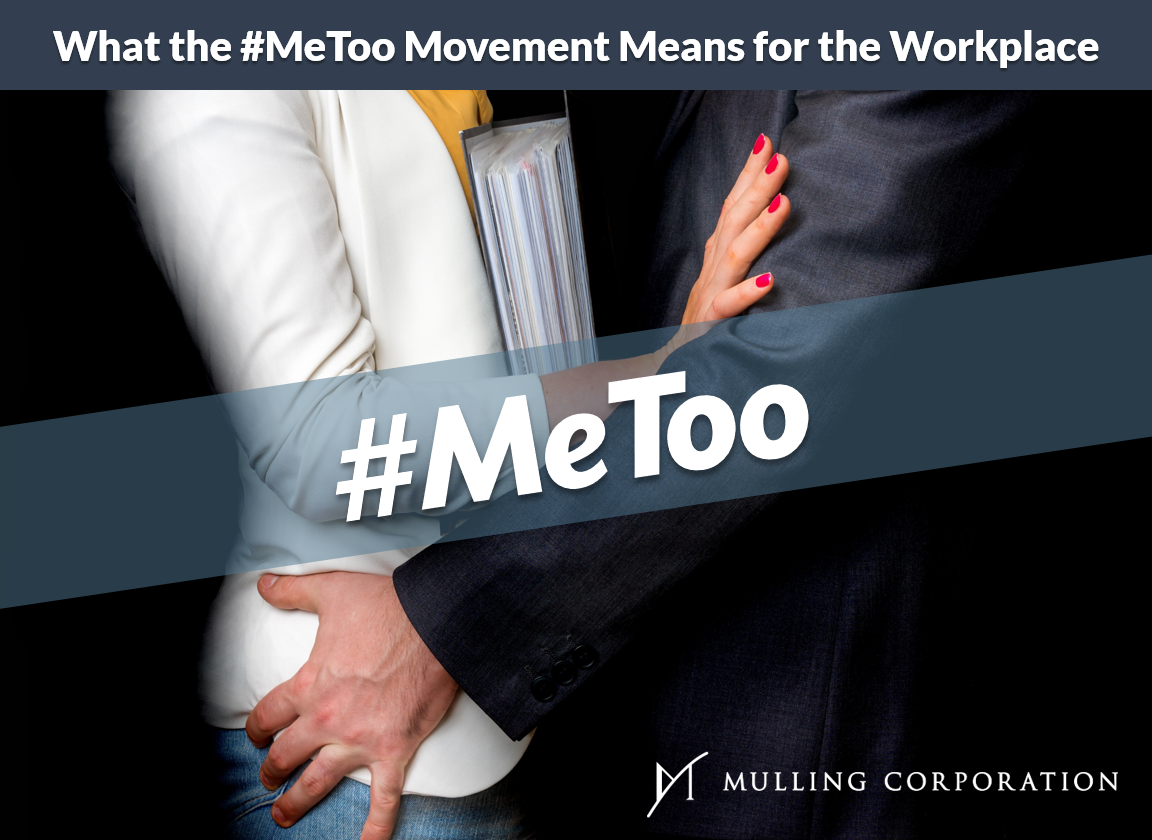It started as a hashtag on social media. Today, the #MeToo movement has companies across the country examining the way they address sexual harassment at work. In order to reduce the risk of becoming the next headline in a long list of public allegations, organizations need to think beyond a reactive approach to accusations and take a proactive stance against sexual harassment among employees.
But what does that look like? To start, it’s important to think less about what you say, and more about what you do. Here are 3 ways to get started:
- Educate effectively
In a #MeToo world, hypersensitivity among co-workers can be an issue. That’s why the standard check-the-box training on the subject may no longer be enough. In order to create a culture where harassment or discrimination of any kind is not tolerated, you’ll need to put forth more effort, such as:
- Tailor your training to fit the structure and needs of your organization. This may mean interactive sessions rather a simple online program done individually.
- Schedule trainings more frequently than before. This will send a message that you’re serious about the topic as well as continually include new hires.
- Provide appropriate training and support for upper management. If you’re truly going to change the way your company thinks, remember that culture shifts happen from the top down.

- Clarify your policies and procedures
Now is a good time to review your current harassment policy and reporting procedures. Then clearly communicate both to all staff. When it comes to reporting incidents, consider providing multiple avenues to do so. This will encourage employees to report a potential situation before it gets out of hand. These can include:
- Your human resources department should at the forefront of any policy changes and open and available to staff at all times.
- Reporting to a superior may be more comfortable for some. Ensure those in upper level positions are comfortable with recommended procedures and support them in effectively addressing complaints that come their way.
- A third-party hotline may give someone who is unwilling to report an incident internally an alternative they’re more comfortable with.
- Get specific
Your company is a unique combination of the industry you’re a part of, the makeup of your employees, and even your physical workspace. It’s possible that certain attributes of your particular organization put you at greater risk for sexual harassment claims. These can include:
- Cultural and language barriers between employees
- Age or gender disparities
- Company culture that includes social obligations involving alcohol
- Workspace layout with access to private spaces
Exploring these attributes now will make you more aware of how they may impact your risk for sexual harassment incidents. From there, you can further tailor training to meet the needs of your employees.
The #MeToo movement is going strong, and now is the perfect time to proactively address sexual harassment in your organization. Here at Mulling Corporation, we know that knowledge is power, and we want to help you and your organization succeed. To learn more, visit our website at mulling.com.

